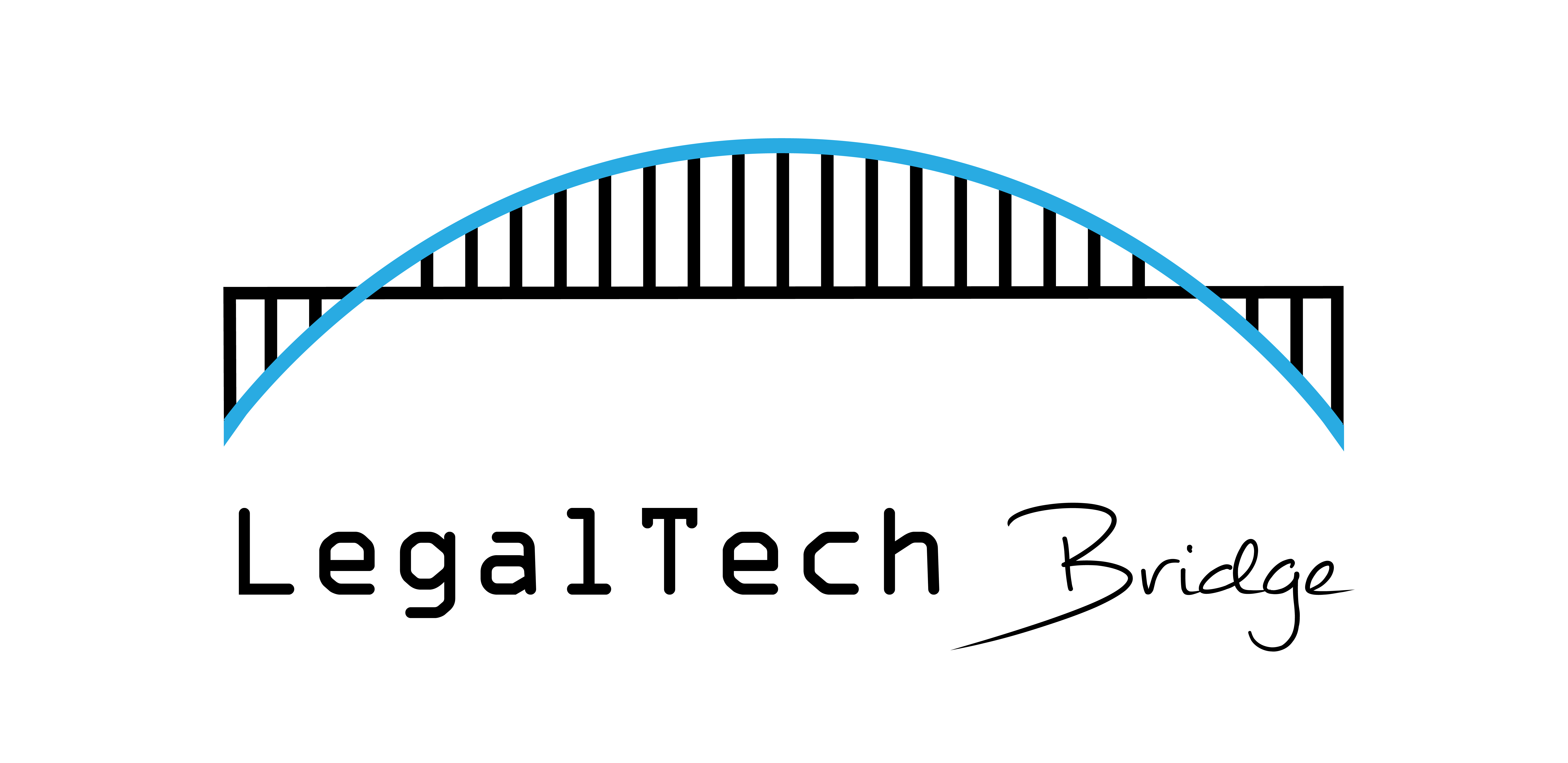Introduction By Johannes (Jan) Scholtes, Chief Data Scientist IPRO and Geoffrey Vance, Partner,...
5 AI Trends that will Re-Shape the Legal Industry by 2025
As Richard Susskind stated in the Economist last month: “People who go to lawyers don’t want lawyers: they want resolutions to their problems or the avoidance of problems altogether. If Artificial Intelligence can provide those outcomes then people will use Artificial Intelligence.”
Now that the legal industry has witnessed that Artificial Intelligence can in fact understand, communicate and generate (legal) language, indistinguishable from that of legal professionals, part of that industry is worried and part sees new opportunities. This in combination with a gargantuan amount of new investment money for AI, will undoubtedly lead to severe disruptions in the legal industry.
This is not the first disruption in the legal industry caused by technology. There have been many others in the past. We all know the legal industry is particularly reluctant to implement new technologies, with courts and bar associations being the most conservatives. However, recent impressive achievements of tools such as ChatGPT[1] have even gained large interest in the ABA Journal, describing how these tools can “dramatically the legal industry”.
At the end of the day, individuals, corporates and governments have to pay for legal services. As the complexity and price of such legal services continue to sky rocket, they are looking for alternatives. With the recent developments in Artificial Intelligence, it is clear that the availability of faster, more affordable and even better services is around the corner.
In eDiscovery, Information Governance, Internal (anti-trust) Investigations, and the answering of Freedom of Information Acts , using technology has become the gold standard since Judge Andrew Peck allowed the use of machine learning more than a decade ago.
It is obvious that other parts of the legal industry will follow soon as artificial intelligence has shown to outperform (many) humans in speed and quality also in tasks such as summarization, complex question answering, contract drafting, legal fact finding, and even in legal reasoning. Ultimately, these techniques will also become better in providing legal advice and even ruling and judging. In fact, it has been show in recent scientific research that in simple cases artificial intelligence already outperforms human judges in consistency and avoidance of bias.
5 Trends that will shape in Artificial Intelligence by 2025
So, which trends in Artificial Intelligence will have the most impact on the legal industry and what changes can we expect in the legal industry by 2025?
- Further Improvements of Large Language Models (LLM) such as ChatGPT for (legal) language and specific jurisdictions or legal focus area: The current generation of LLM’s are trained with general purpose textual data covering broad topics and forms such as novels, Wikipedia, social media and other (open) internet sources. In order to excel in certain tasks, more focused training is required. At Stanford University, a LLM trained with the PubMed’s abstracts (300 billion words), has become the state-of-the-art in medical question answering. Experiments by Allen & Overy with Harvey.ai have shown that large scale exposure to legal texts results in much better performance on many legal tasks. The same requirements hold for teaching LLM specific languages or the legal specificities of a particular jurisdiction or legal specialty. Several startups and governments around the world are investing in the training of LLM on relevant legal data in their language for their jurisdiction.
- Integration of Large Language Models with Legal Back Office Systems to overcome hallucinations: LLM such as ChatGPT and GPT-4 are only capable to predict the most probable next word, given a certain question or textual context, as explained in this article. The longer the text that is generated (or the longer the conversation), the larger the odds for hallucinations. These models do not have memory, nor any form of background knowledge-structure to guarantee factuality. The AI industry acknowledges this fact and much research is done to integrate LLM’s with knowledge graphs, taxonomies or databases organizing facts and relations about a particular situation or legal case. Here too, many startups invest in such developments as we speak and we will see new applications soon that will not hallucinate and stick better to the (legal) facts.
- Multi-Modality of Large Language Models: integrating written language with speech and vision. Artificial Intelligence is for the larger part concerned with teaching a computer system to understand different forms of human perception: speech, vision, and language. We call this multi-modality. OpenAI is not only the creator of ChatGPT (for written language), but they also developed Whisper, one of the best (multi-lingual) speech recognition tools and DALL-E2, the famous image generation tool. So, what do you think will be next? The AI community is already doing a lot of research towards multi-modality. At Maastricht University, we look at models that can integrate input from computer vision for better machine translation in virtual reality. Also, models that include native speech, can better understand sarcasm and emotions by integrating the speech analysis in the decision-making. By the end of 2023, the first multi-modal models will enter the market, which will undoubtedly become the standard LLM by 2025.
- eXplainable Artificial Intelligence (XAI) to create trust and broad acceptance of AI in the legal community: XAI is one of the most important research topic in AI. Without transparency and explainability we cannot understand why AI systems make certain decision and not others. Without XAI there will be no trust. Without XAI, there will be no broad acceptance of AI for sensitive applications in our society such as legal or medical applications. In Europe, the European Artificial Intelligence Act (AIA) demands XAI (including disclosing which training sets are used to train the models). In recent years, significant progress is made in XAI for LLM and usage of AI in Legal and Medical applications. We will see more shortly, also due to the European AIA. The emergence of XAI will create more trust and will allow for the broad application of AI in all parts of the legal industry.
- The development of smaller, more energy efficient, but better LLMs. It is estimated that the training process of a single LLM model results in a similar amount of CO2 emissions as a trans-American flight! Training the latest generation of GPT-3 models cost US$ 10 million and it is estimated that training GPT-4 cost US$ 100 million. We cannot continue this development. Even Sam Altman from OpenAI acknowledges that there is a limit to the size of LLMs. For the last five years, the AI industry has been working on more efficient models using distillation (removing non-used connections in the models), compression (aka quantization) and other techniques successfully. Often the computational complexity (and thus the energy consumption) can be reduced significantly without impacting the quality of the model. More efficient models, will allow broader application of LLM for many other legal tasks for which it may now be too expensive, or for the usage of such models on smaller hardware such as mobile phones.
The Most Significant Impact of these AI trends on the Legal Industry by 2025
Now, how will these trends impact the legal industry?
- There will be more legal self-service. This will result in a significant decrease in demand for legal services. As AI will allow non-legal specialist to do many low-end legal tasks by themselves, without too much or no risk, and immediately have the result, demand for such low-end services by legal professionals will evaporate.
- It will be much easier for new parties to enter the legal market place. Less training is required and lack of experience can be replaced by AI tooling assisting humans. These new parties will ask less financial compensation and will provide more cost-effective legal services at the same quality as traditional providers.
- Many low-entry legal jobs will be replaced by Artificial Intelligence. Legal professionals will stay in the loop, but they will have to focus on high end advice and services in order to be competitive. All low-end legal tasks will be automated. Deloitte predicts the loss of 114.000 jobs in the legal sector and Goldman Sachs even speaks of 300 million jobs being impacted by Generative AI, and 44% of all legal jobs.
- The role of humans in the legal industry will substantially change: in the future many low-end tasks will be done by computers, but humans need to control these computers and provide various forms of contextual guidance and quality control. They will still have to make the final end decision. But they will do that in close collaboration with technology.
- We will have to change the education of legal professionals. No longer will it be possible to study law without also understanding legal technology, and the ability to apply it. Legal Professionals not supported by technology will be slower, less effective, more expensive, make more errors and will ultimately no longer be competitive. Legal professionals will employ more data scientists and less legal interns or junior associates, as their jobs are most vulnerable to be replaced. The training of new legal professionals will have to change, as the current model will most likely disappear.
There are off course risks to all this. If we cannot deliver XAI in time, adaptation will be slower. There is also the risk of losing trust in AI because the technology is used wrongly. An example is the lawyer who used ChatGPT (a generative model trained only to perform next-word prediction) to generate case law. As expected, the model also generated fake case law for all the obvious reasons explained here, and the lawyer was sanctioned by the judge. The lawyer used the wrong tool for the wrong application and did not check the case law generated. He should have. But as people are lazy by nature, there is a huge risks that once an AI system does a job correct for 10 times, humans will no longer check on the quality the 11th time, with all the risks. It is then easy to blame the AI, where it should be the human not implementing the proper quality control who should get the blame.
But, when all these risks are addressed, it is my opinion that legal service providers who embrace this great new technology and integrate it correctly in their workflow (including control points for transparency, explainability, factuality, and quality), will be the more competitive legal service providers.
Legal service providers ignoring technology and continuing the old way will almost certainly follow the fate of the Kodak: the year before Kodak’s film business plumbed, it broke all records. Due to the (suddenly) very good quality of digital photography, the decimation of costs and the fact that the result was available immediately, Kodak’s traditional business disappeared over night.
The parallels with ChatGPT, and Generative AI in general, are easy to make!
[1] ChatGPT is part of the family of GPT models (GPT-1, GPT-2, GPT-3 and GPT-4) developed by OpenAI. GPT stands for Generative Pretrained Transformer. There are also generative models from Google, Meta and many other vendors that use components of the open Transformer architecture, created by Google and made open source in 2017. The field of “Generative AI” focusses on the generation of language, images and speech using these kind of deep-learning models by just exposing them to enormous amounts of textual, speech or image data. Other parts of the AI research community focus more on encoding text, images and speech into knowledge structures using models such as BERT or full encoding-decoding transformers such as T5. There are thousands of Transformer-based models, each capable of specific tasks and trained with specific data or languages. More explanation can be found here: https://www.legaltechbridge.com/publications and here: https://www.legaltechbridge.com/en



